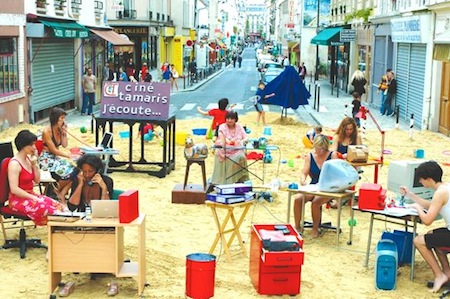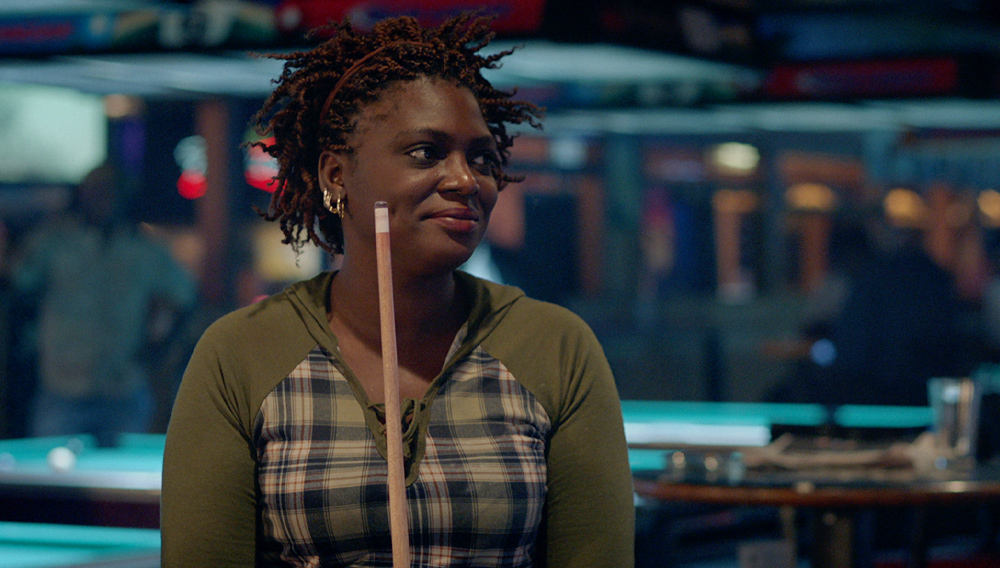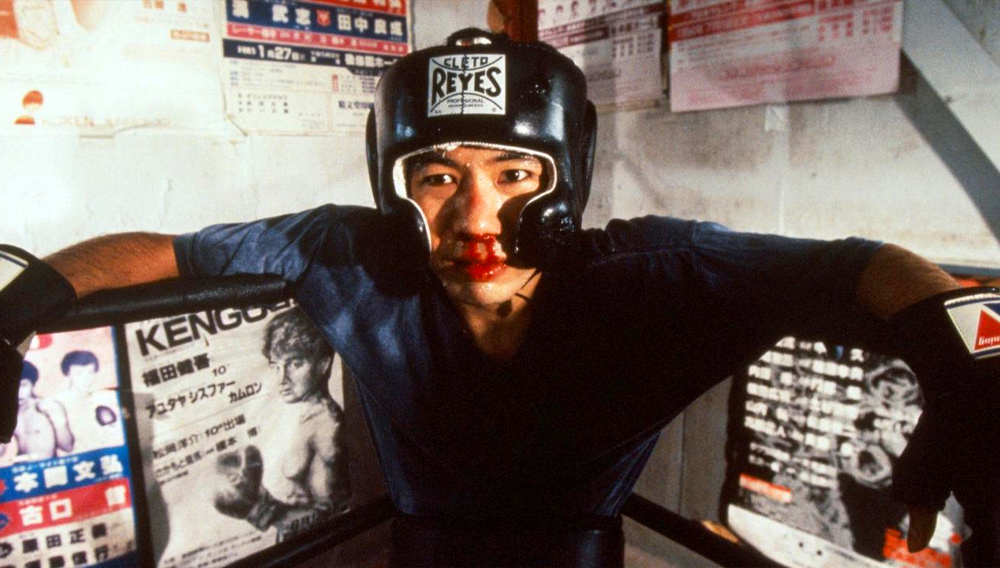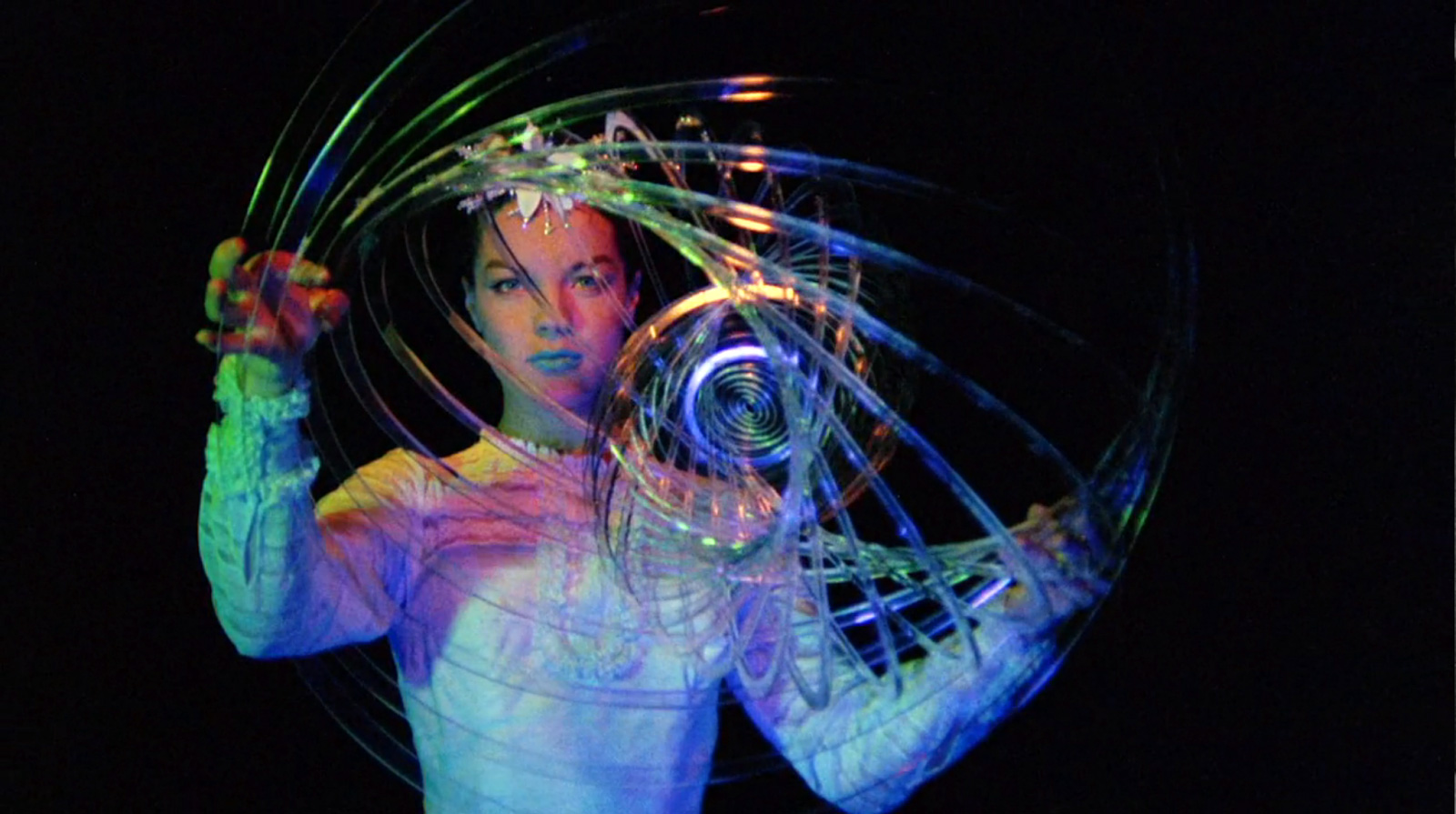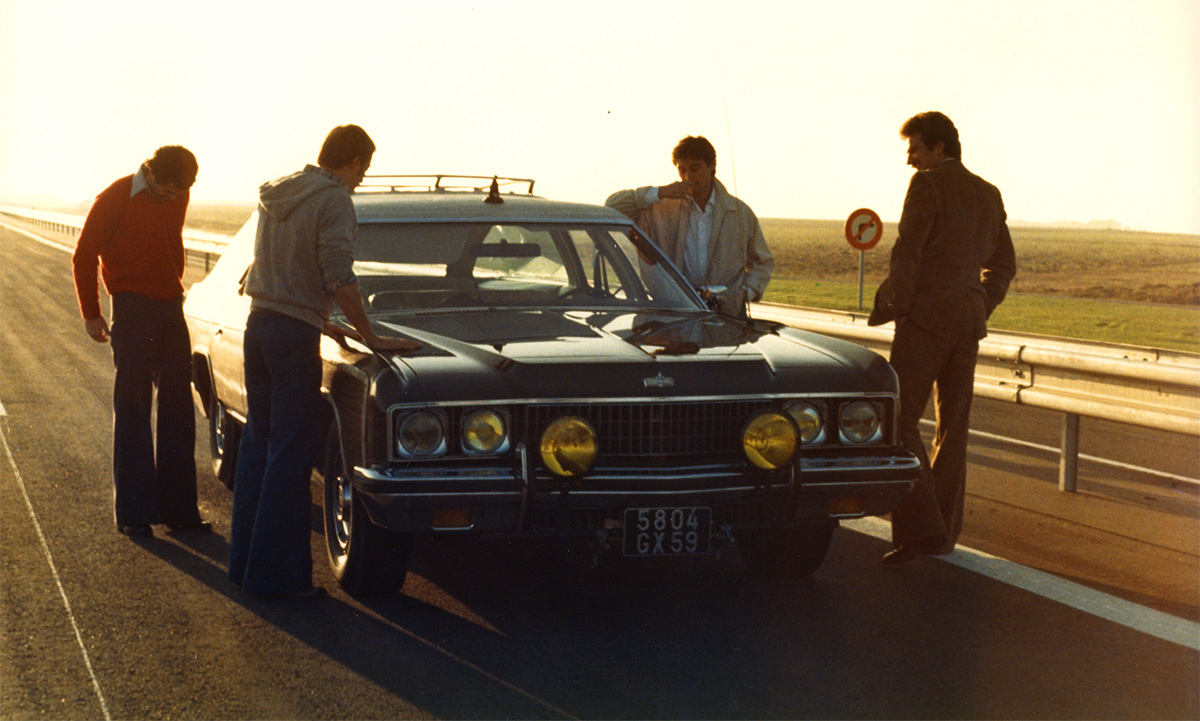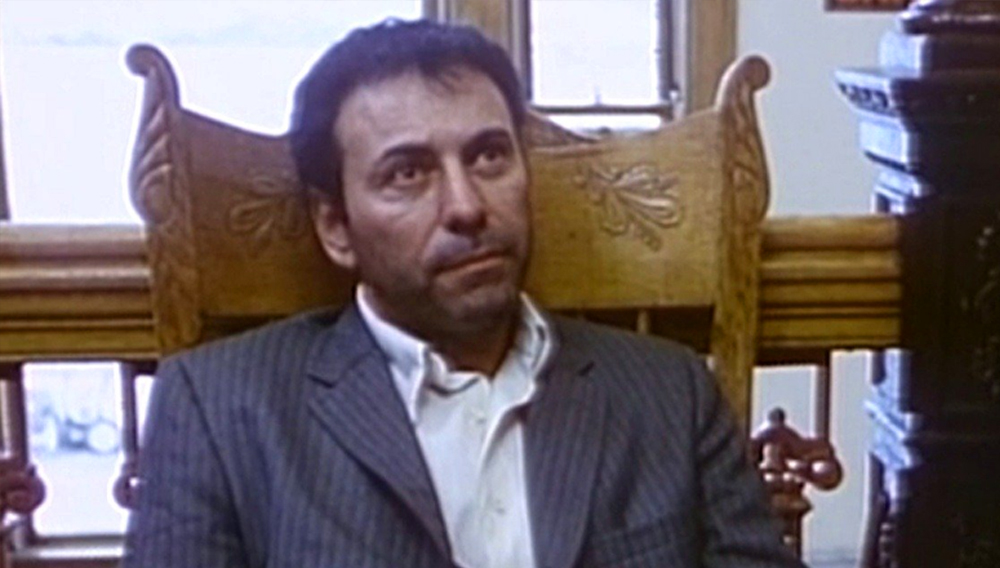Agnés Varda’s autobiographical documentary The Beaches of Agnés, which presents her life as a series of beaches, is full of memorable images. However, the most unforgettable one stems from the film’s flirtations with fiction. She constructs a beach set in the middle of Paris, full of sand, making no bones about this set’s artificiality, nor attempts to conceal the shops that flank it on both sides. It seems to be wired for electricity—after all, it’s the office of her production company. Sculptures of birds “fly” overhead. The Beaches of Agnés mixes fictional elements into its personal reverie throughout, but this scene goes furthest in acknowledging the subjective—and sometimes unreliable—sensibility at work in Varda’s selection of images and memories.
The Beaches of Agnés goes through Varda’s life and work in more or less chronological order. It starts with her childhood in Belgium and describes her education in night school as a photographer, which led to her proto-French New Wave film La Pointe Courte. If The Beaches of Agnés includes elements of fiction among reality, La Pointe Courte mixed elements of reality into fiction. Its characters were based on actual people Varda knew. Here, she introduces the audience to children who appeared in that film who are now well into middle age.
The ‘60s were an extremely productive time for Varda and offer the most joyous sections of The Beaches of Agnés. She made some of her best films—Cleo from 5 to 7, Le Bonheur—during this period, as did her husband Jacques Demy. Although her first feature predated the French New Wave, she was more or less accepted as a part of the movement. She also embraced the period’s leftist politics and describes her involvement with the Black Panthers and France’s feminist movement.
However, the film leaves one curious about certain aspects of Varda’s life with Demy. She emphasizes that she and Demy wanted to grow old together. It was not to be—he died of AIDS in 1990. While she had previously made three films about Demy—Jacquot (whose creation she details here), The World of Jacques Demy, The Young Girls Turn 25 (about the making of The Young Girls of Rochefort)—none of them acknowledged the nature of his illness. According to her, this followed Demy’s own wishes. He himself was silent about his illness, so the people around him followed suit. Her current frankness is refreshing. However, she leaves out the fact that Demy was bisexual and contracted the virus from a male lover. One can easily understand why this would be a sore spot for Varda, but one leaves The Beaches of Agnés wondering what she would have to say about Demy’s sexuality were she willing to talk about it, especially because she has so much to say on a range of other subjects affecting her life.
While the film takes a darker turn after the ‘70s—which Varda readily acknowledges—it remains a delight, as Varda is a charming raconteur of her own life. She’s also a far more sophisticated filmmaker than most documentarians, playing around with split screens, mirrors and superimpositions. All the technical know-how at her command is on display in The Beaches of Agnés, and the results are quite impressive. Varda put a lifetime of work into this film, and it shows.
Steve Erickson is a freelance critic who lives in New York. He writes for Gay City News, The Nashville Scene, the Tribeca Film Festival’s website, ArtForum, Film Comment and other publications.

